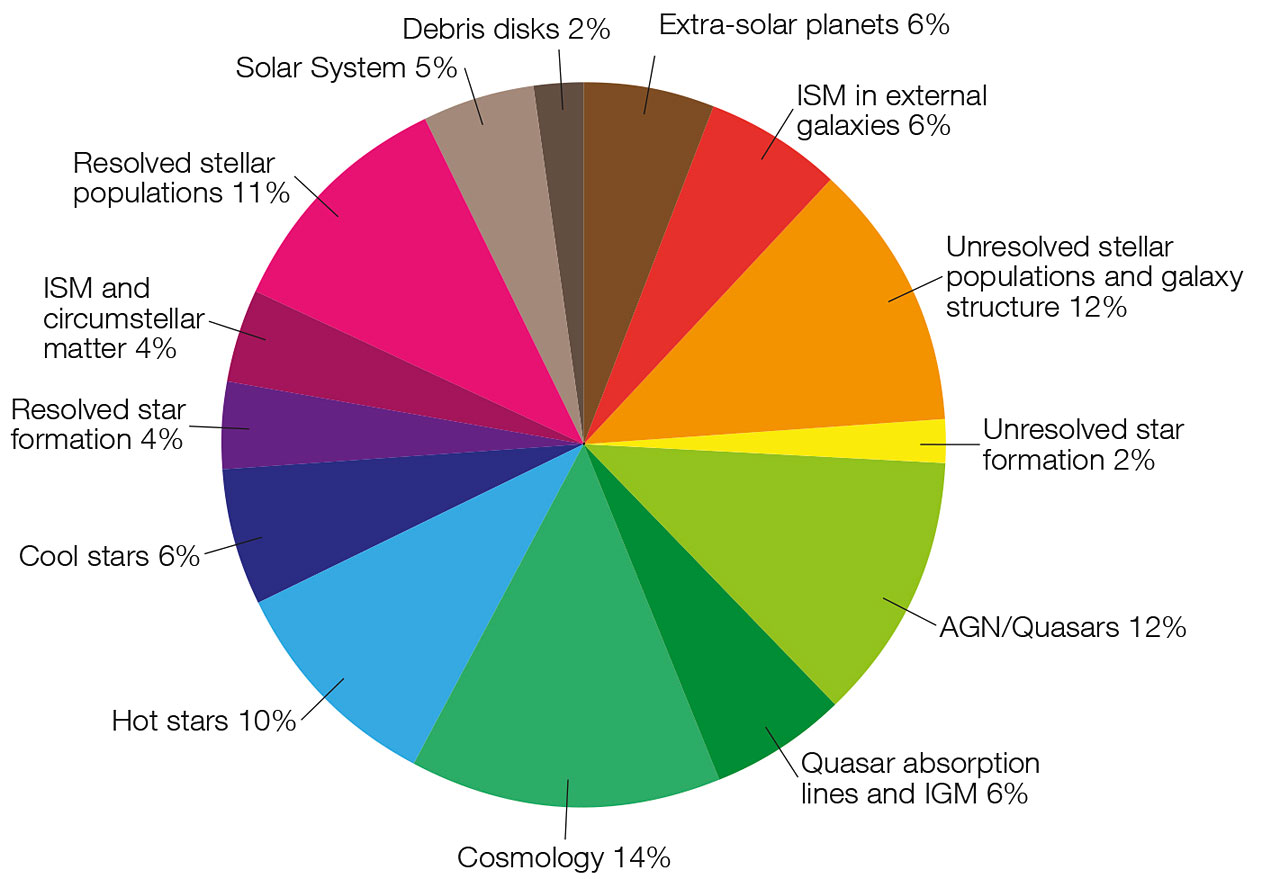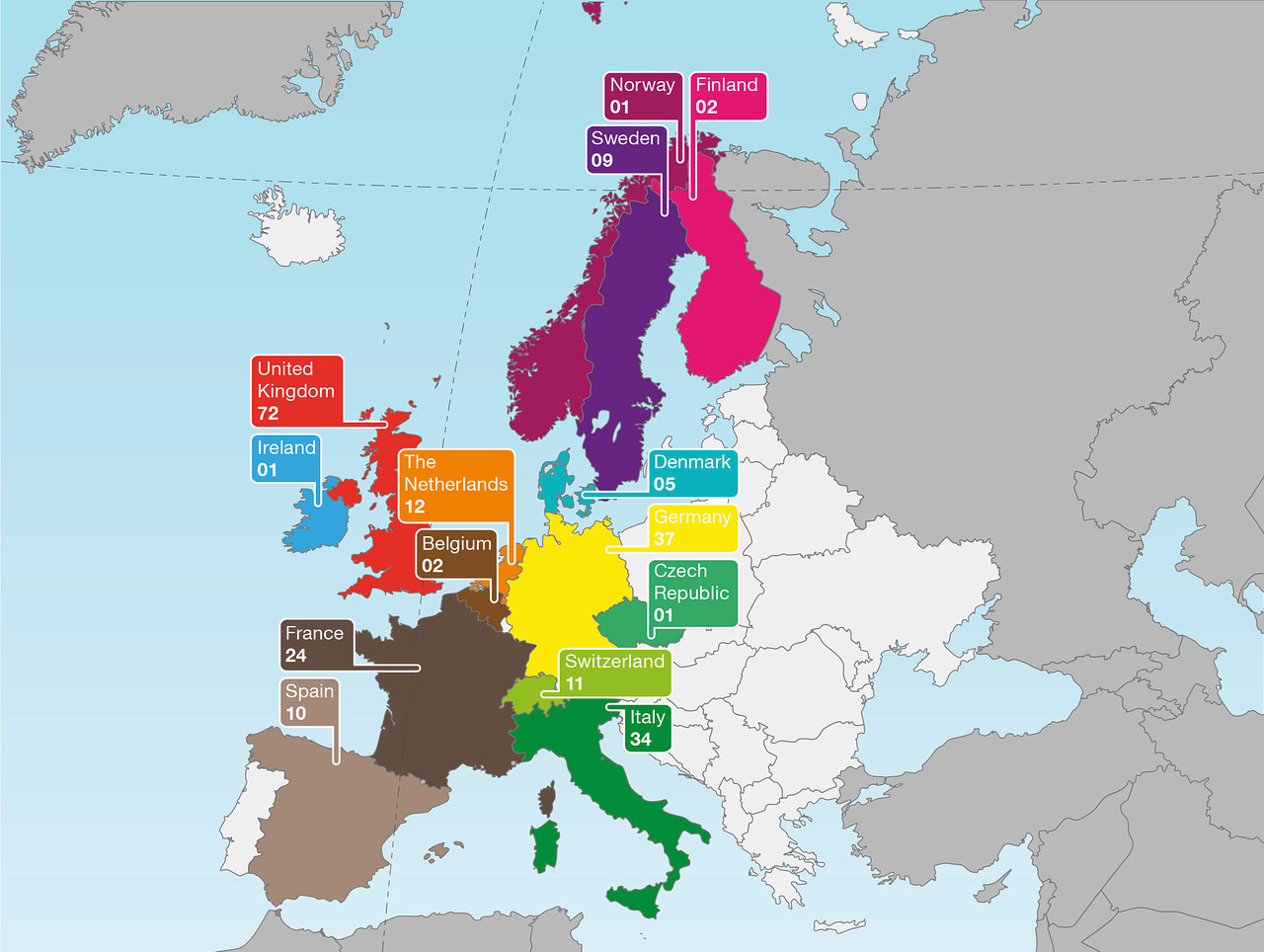sci14008 — Announcement
Updates on the 2014 Time Allocation Committee
16 May 2014
During the week of 9 June 2014, approximately 150 astronomers from all over the world — 15% of whom are European — will meet at the Space Telescope Science Institute (STScI) in Baltimore, US, to discuss and rank this year’s proposals for Hubble observing time.
1135 proposals were received in response to the Call for Proposals for Cycle 22, between them requesting a grand total of 19 763 Hubble orbits. This is the second highest number of proposals received since Hubble’s launch, indicating that our “old” telescope is still going very strong when it comes to satisfying astronomers’ needs!
The original decision to refurbish Hubble in orbit has allowed astronomers and engineers to develop state-of-the-art instrumentation that can be installed by astronauts every few years. This has allowed Hubble to keep pace with the evolution of the astronomical field, and stay strong, relevant, and competitive.
It is fascinating to examine the distribution of scientific topics among the proposals submitted (Figure 1). Hubble is truly an observatory that facilitates a broad range of astronomical research, as it was conceived and designed to address a variety of scientific questions, from studies of the Solar System out to the distant Universe.
Some of the categories that now carry a sizeable fraction of the proposals, such as the study of exoplanets, did not even exist when Hubble was designed and launched! At the same time, one of the key goals for Hubble from its inception was to observe the distant Universe and 24 years after launch, active galactic nuclei (AGN), quasars, and cosmology still make up almost a third of the submitted proposals.
Of the submitted proposals, 20% have Principal Investigators from one of the ESA member countries. ESA has been a key partner to NASA in the operation of the Hubble observatory since the very early phases, and this is reflected by the strong interest from scientists in Europe in competing for Hubble’s observing time. In Figure 2, we show the geographical distribution of submitted proposals in Europe, which indicates how well used the telescope is in nations such as the UK, Italy, France, and Germany, among others.
At the end of their week-long deliberations, the Time Allocation Committee (TAC) will present their recommendations to the STScI Director, and this will become the basis for building the observing calendar and Hubble’s scientific programme in Cycle 22.
At the time of writing, our TAC colleagues are hard at work reading and ranking proposals. Year after year, their wise advice has allowed us to shape the strong scientific legacy that Hubble enjoys. We owe them our gratitude and we look forward to welcoming them at STScI in June.
Learn more about TAC: The Space Telescope Users Committee (sci13003).
Contacts
Antonella Nota
ESA HST Project Scientist, STScI
Email: hubblenewseurope@stsci.edu
About the Announcement
| Id: | sci14008 |




